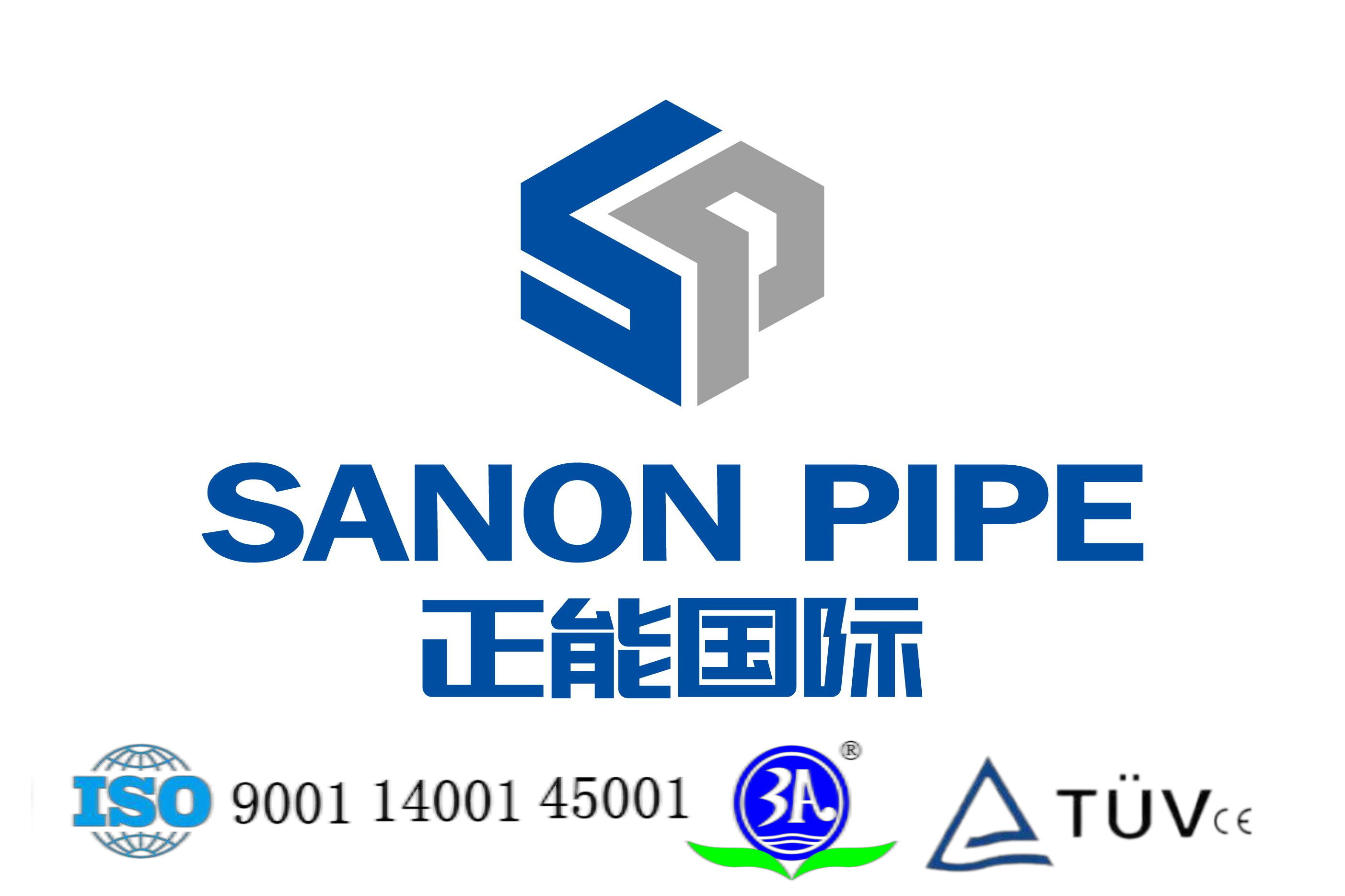In the production policy led, in July the performance of the steel city.As of July 31, the hot coil futures price surpassed the 6,100 yuan/ton mark, the rebar futures price approached 5,800 yuan/ton, and the coke futures price approached 3,000 yuan/ton.Driven by the futures market, the spot market generally rose with it.Take billet as an example, the mainstream billet price reached 5270 yuan/ton, which increased by nearly 300 yuan/ton in July.Overall, the recent rise in the main tone of the steel city.However, with the steel export tariff policy again ushered in adjustment, this upward trend may usher in a watershed.
On July 29, the Tariff Commission of The State Council announced that since August 1, the export tariff of ferrochrome and high purity pig iron will be raised appropriately, and the export tax rate of 40 percent and 20 percent will be implemented respectively, while the export tax rebate of 23 kinds of steel products including rail will be cancelled.Counting the tariff adjustment in May this year, after the two adjustments, a total of 169 steel products export tax rebate “zero”, basically covering all steel export varieties.
At the beginning of this year, under the carbon peak, carbon neutral target, large-scale outflow of steel led to the mismatch between supply and demand in the domestic market, steel prices rose sharply.Data showed that in the first half of this year, China exported 37.382 million tons of steel, up 30.2% year-on-year.The steel export tariff policy adjustment, once again reflects the country through the tax rate lever to suppress exports, priority to ensure the determination of domestic supply.
In fact, may’s steel export tariff policy adjustment on the realization of high steel prices “cooling”.The author believes that this round of tariff policy adjustment after landing, will also play a “cooling” role in rising steel prices, do not rule out the possibility of high steel prices fall.The reasons are as follows:
First, the steel export advantage is weakened, more steel resources will reflux.The 23 export tax rebate items were classified as high value-added items in the may adjustment of tariff policy.The adjustment will weaken the price of such products export advantage, promote the flow of resources back to the domestic market.
In addition, in July the international market steel prices increased significantly narrowed, and domestic steel prices generally rose, domestic and international steel price gap narrowed.At this time to cancel the export tax rebate, the domestic steel export advantage will be further weakened, for profit consideration more will be converted to domestic sales.This will effectively improve the contradiction between supply and demand in the domestic market and promote the return of steel prices to a reasonable range.
Second, this round of tariff policy adjustment shows that the country has not changed in the general direction of ensuring supply and price stability.Although the market was expected to increase the export tariff policy of products such as hot roll did not materialize, but this does not mean that the later will not materialize.
In the long run, through the adjustment of tariff policy to suppress steel exports, to ensure the stable operation of domestic steel prices has become the focus of macro policy focus.In this case, steel prices are hard to repeat the first half of the year as rapid.In the short term, the tariff policy adjustment will be on the market “restless” capital formation “cooling” effect, market speculation operation or will leave, steel prices continue to rise limited space.At the same time, the adjustment did not raise the mainstream export of steel export tariffs, did not completely block the door of steel export, steel export resources concentrated reflux on the domestic market caused a serious impact will not appear, the impact on the domestic market supply and demand pattern is more flexible.
In the short term, the market will show more high volatility, steel prices finally adjust the depth of the relationship between supply and demand and iron ore and other raw material price fluctuations.
China Metallurgical News (Aug. 3, 2021, page 7, edition 07)
Post time: Aug-09-2021





